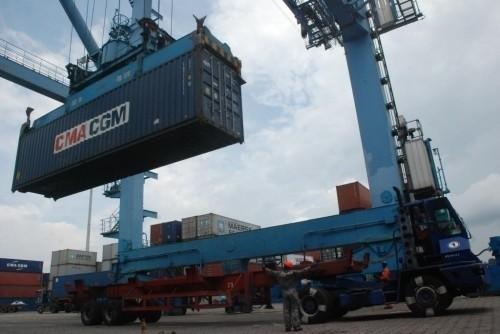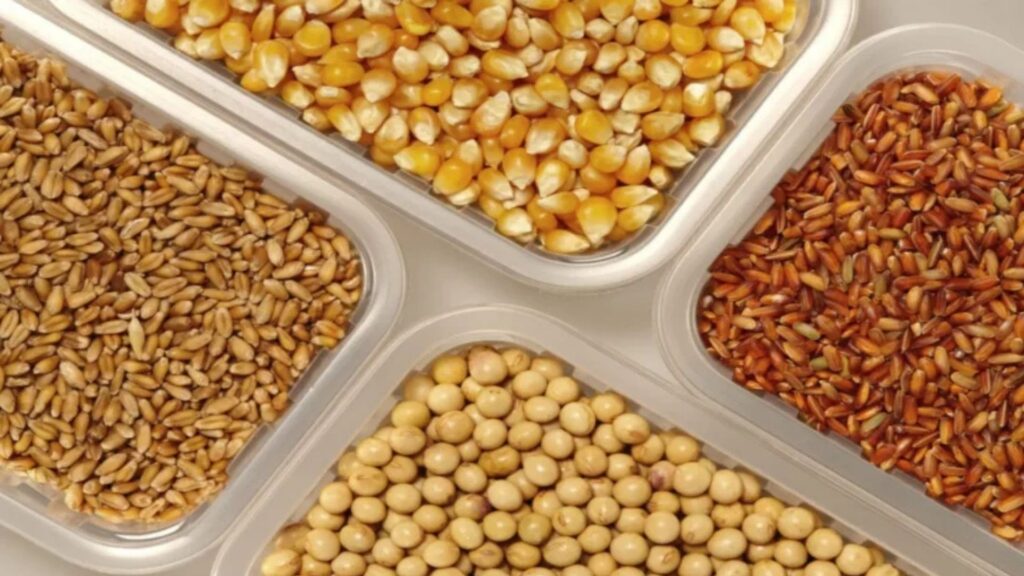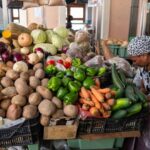Nigeria’s grain imports are projected to reach nearly 10.1 million tons during the 2025/2026 marketing year, marking a 9.78% increase from the previous year’s 9.2 million tons, according to the latest report from the U.S. Department of Agriculture (USDA).
The anticipated rise is primarily driven by staples. Wheat imports, the main contributor to the surge, are expected to increase by 450,000 tons to reach 6.7 million tons, while rice imports are projected to rise by 300,000 tons to 3.2 million tons.

Corn imports, though marginal in total volume, are also expected to climb by 135,000 tons to 260,000 tons. Sorghum is the exception, with purchases projected to decline by 5,000 tons, limiting total imports to just 10,000 tons.
The overall jump in imports is attributed to the combined effect of a stable local currency exchange rate, improved consumer purchasing power, and a drop in global grain prices compared to the previous period. These factors are also expected to lower production costs for millers and livestock feed manufacturers.
The USDA report stated that lower global wheat prices are likely to persist through the 2025/2026 marketing year, favoring imports and contributing to reduced prices for wheat-based products in Nigeria. Wheat flour millers noted that the stabilized exchange rate has improved companies’ market capitalization, allowing importers to make more profitable business decisions.
Similarly, falling global corn prices are expected to temper domestic corn prices, improving accessibility for millers and processors. The decline in corn prices has already had a trickle-down effect on feed costs, specifically benefiting poultry farmers, and is expected to encourage increased corn usage in the animal feed sector.
Despite the projected import volume, it only represents about 30% of Nigeria’s domestic market needs, as the country’s average annual grain consumption was nearly 34 million tons between 2021/2022 and 2023/2024, according to FAO data.
Low-priced imports play a stabilizing role in domestic pricing. By increasing local supply, they offer a temporary buffer against inflationary pressures, particularly during periods of low national production. Although Nigeria’s annual inflation rate eased for the fifth consecutive month to 20.12% in August 2025, according to the National Bureau of Statistics, this level remains critically high compared to the maximum desirable inflation rate of 5% set by the ECOWAS bloc.
Stéphanas Assocle



